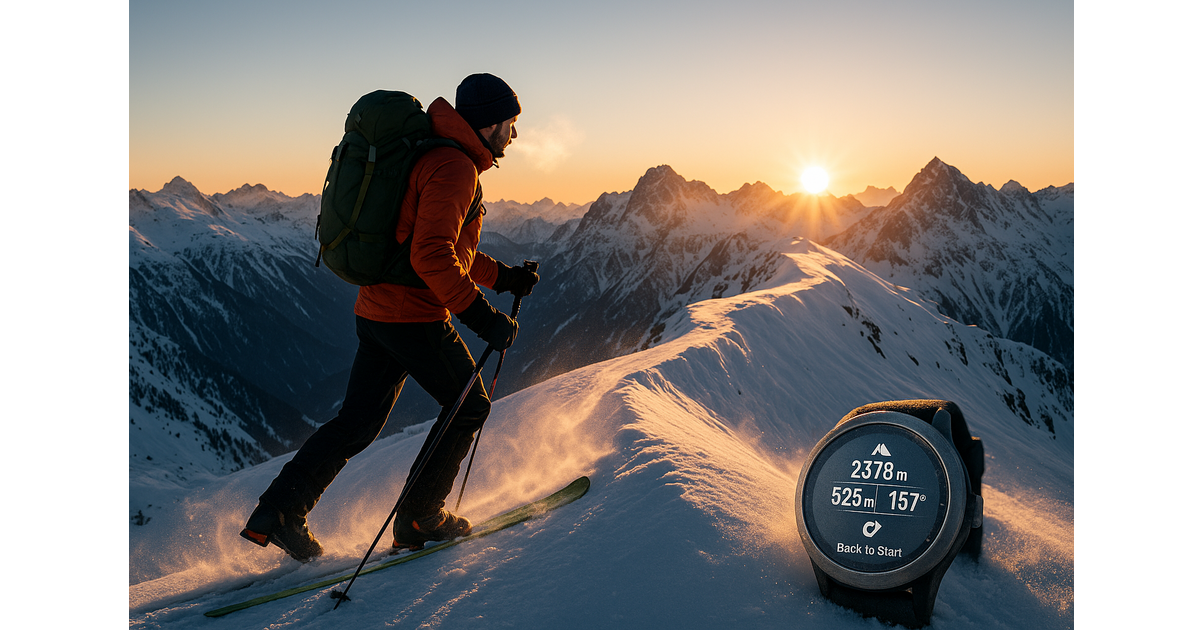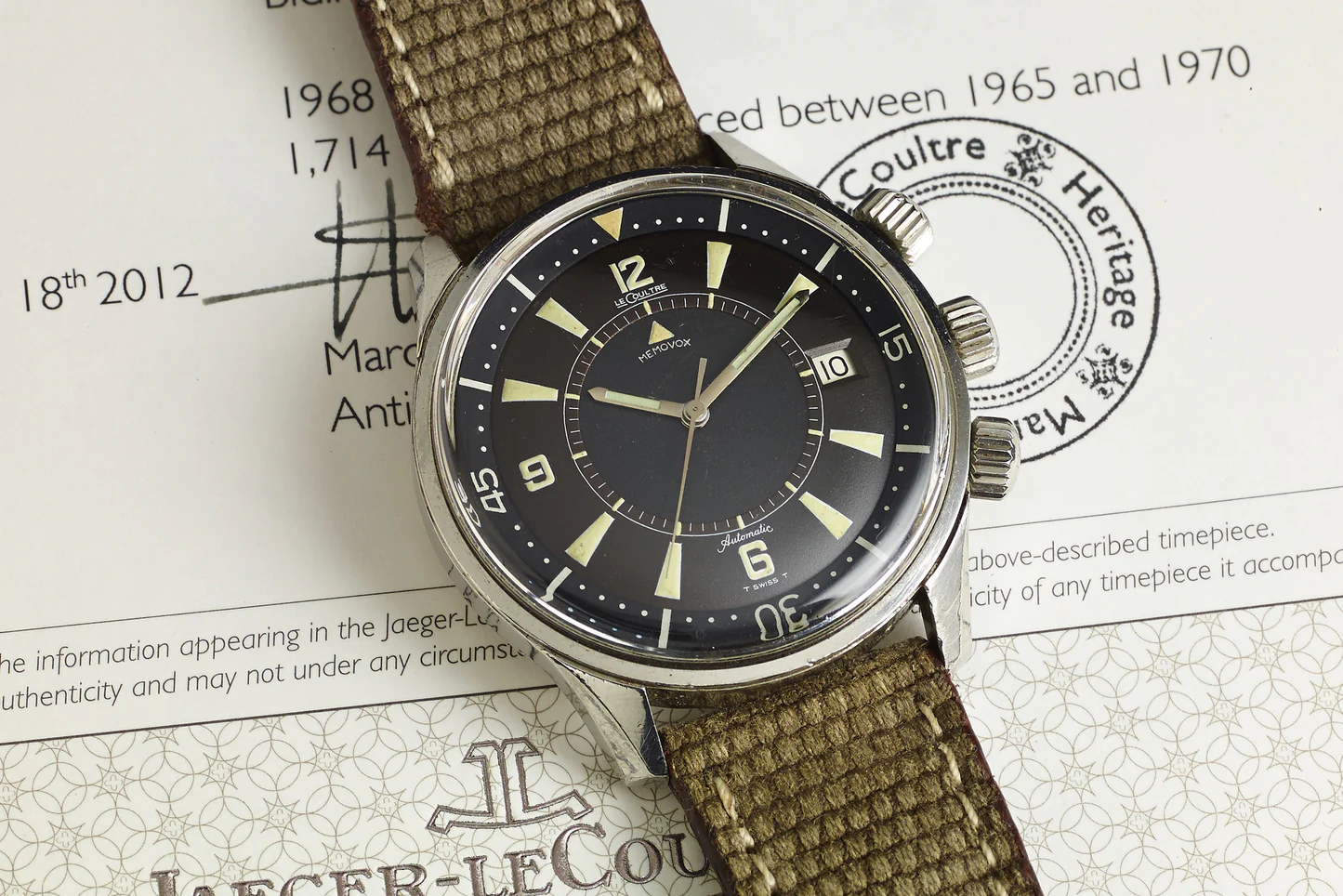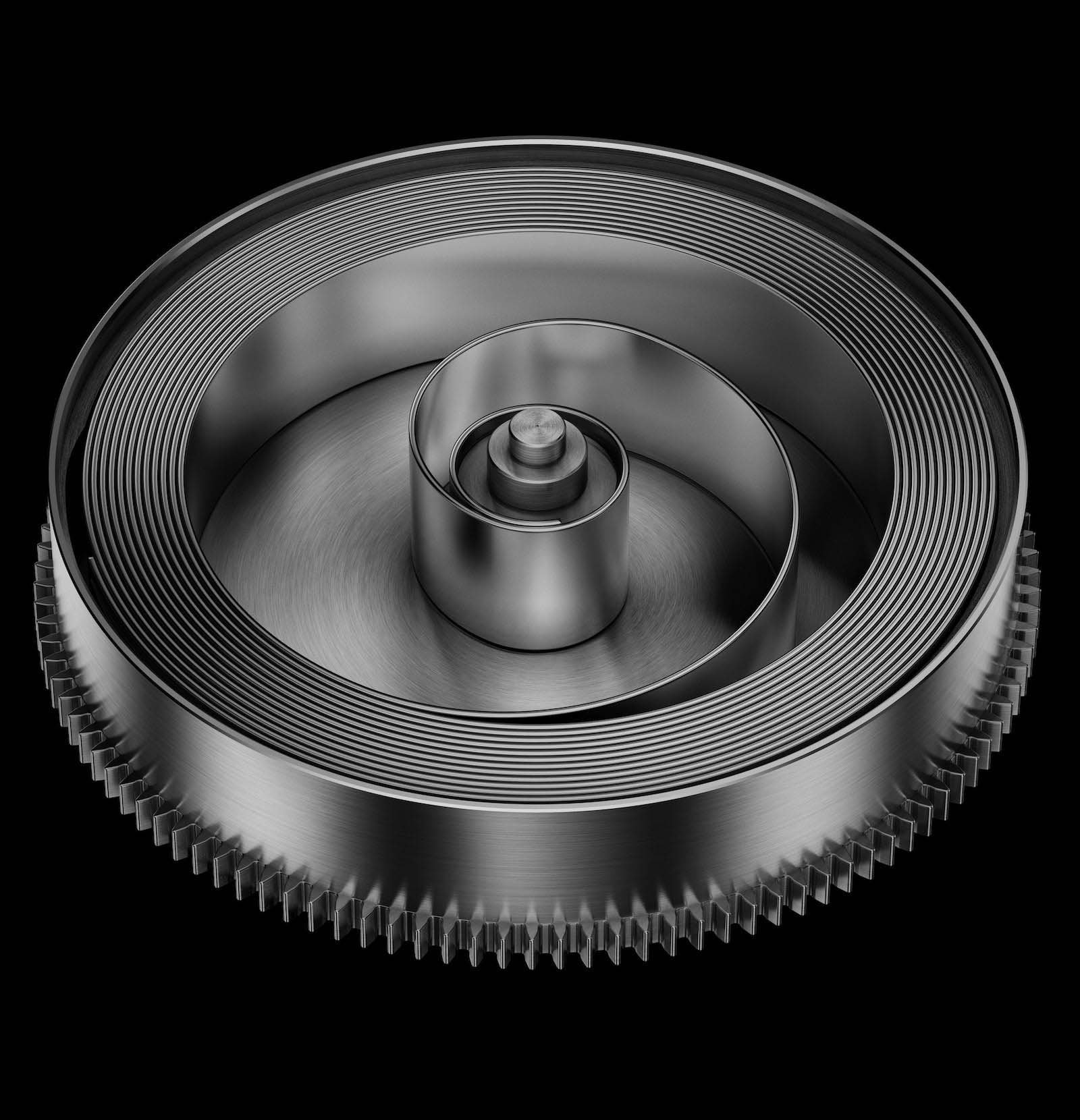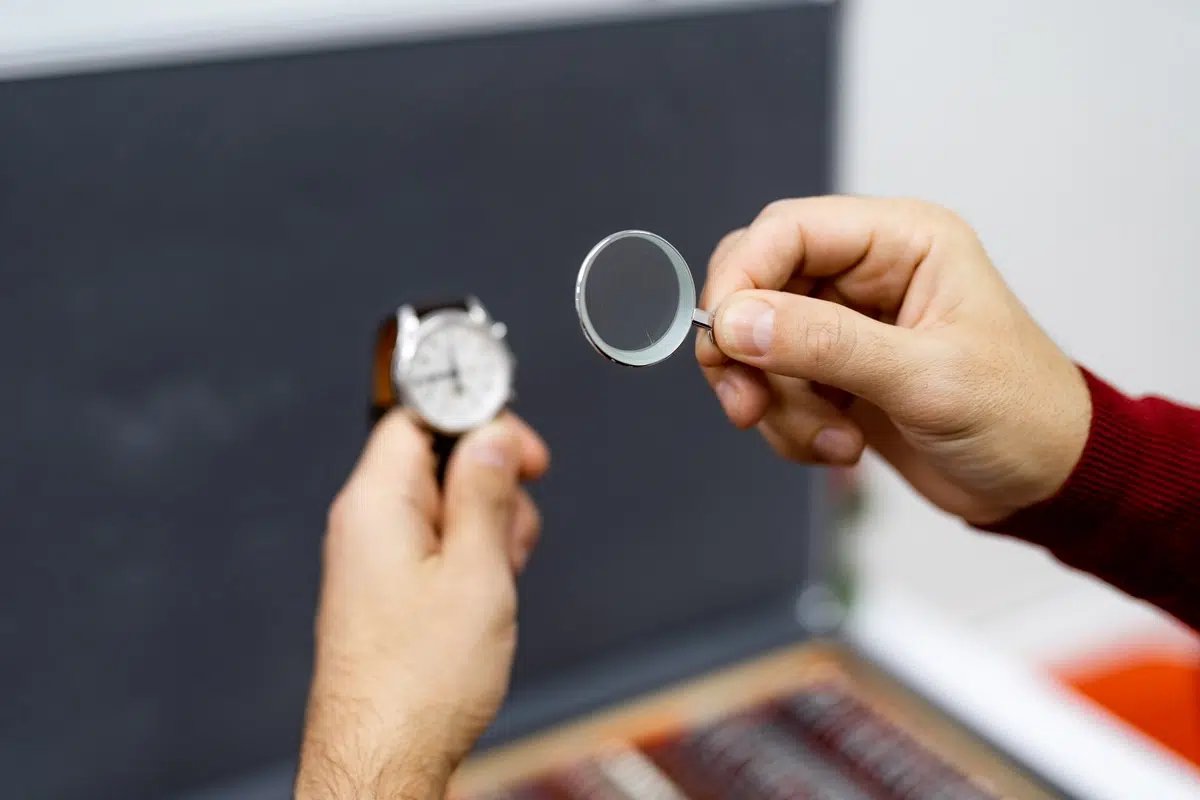Table of Contents
Top 5 watches for skiing (2025)
1) Apple Watch Ultra 3 – Safety & readability
Clear: not the queen of winter autonomy, but a formidable safety/ergonomics combo. Very bright screen, double frequency GPS, fall detection, and above all Emergency SOS via satellite Out of network (guided process). Ideal if you ski in connected stations, that you want the best screen and a serious B plan when the network loose. Boundaries ? Shorter autonomy in very cold, “tracks” integration via third -party apps (slopes, ski tracks).
For
- Hyper readable screen + gloves.
- SOS guided satellite (out of network).
- IPhone ecosystem/full winter sports apps.
Against
- Perfectible autonomy in very cold.
- Trip cards via apps, not native.
2) Garmin fēnix 7 pro / epix pro (Gen 2) – Integrated stations cards
Classic alpine skiing. “Ski” and “ski hiking” profiles, Stations cards Embedded (tracks with colors/names), weather widgets, baro storm alert, integrated LED lamp (practical at dawn). The fēnix (MIP) is better the cold; The Epix (AMOLED) is sumptuous in cards. Downside? No native satellite sos: it takes network, or couple an inreach dedicated in engaged off-piste (it remains a good practice).
For
- Very practical native stations cards.
- Solid autonomy, especially MIP.
- Well thought out ski/hiking profiles.
Against
- Dense interface (afterwards, we get used to it).
- Satellite = separate dedicated box.
3) SUUNTO Vertical – Massive autonomy + offline topo
Montagnard watch. Dual-Band GNSS, free offline cards, battery that takes the week (and more solar in fine weather). Clear display, “alpine ski”/”cross -country skiing”/”backcountry” profiles. Strengths: simplicity, robustness, autonomy. Weak points: less “rich” ecosystem than Garmin Advanced data on the “coaching” load type.
For
- XXL autonomy, even in cold.
- Free offline cards.
- Readability and simplicity in action.
Against
- Fewer drive training tools.
- Fewer third -party apps around.
4) Coros Vertix 2S – Costaud, precise, ultra enduring
Cut for altitude and vertical. Dual-Frequency, extended autonomy, weather widgets, ski/hiking profiles, Carto Global Offline. Frugal but efficient interface. It checks the “very cold” and “long days” boxes. Disadvantages: Carto made less licked than Amoled, more spartan analytics ecosystem (it depends, some love sobriety).
For
- Enormous autonomy.
- Clean GPS in relief.
- Robustness, contained weight (nylon).
Against
- Cynique: aesthetic of the less “premium” carto.
- Less “general public” ecosystem.
5) Polar Grit x2 Pro – Readable, precise, analytical
Polar returns hard in outdoor. Net screen, reliable cardio, well -calibrated sports profiles, correct navigation, useful recovery analyzes. For skiing, she does the job proper, with a relevant health/recovery focus if you chain the days. Limits: Carto and “tracks” less advanced than Garmin, no satellite.
For
- Cardio/Sleep/Solid Recovery Measures.
- Clear and coherent interface.
- Serious construction (sapphire glass according to versions).
Against
- Carto and “station” more basic.
- No satellite sos.
Comparative table – the essential that counts
| Model | Stations cards | GPS | Autonomy (indic.) | Security | Screen | Weight (approx.) |
|---|---|---|---|---|---|---|
| Apple Watch Ultra 3 | Via apps (slopes …) | Dual-band | ~ 42 h watch / ~ 14 h gps | SOS Satellite + Fall | Very bright amoled | ~ 61–65 g |
| Garmin fēnix 7 pro | Yes (native, skiview) | Multi-band + satiq | 2–5 days mixed use | Fall + assistance (network) | Mip (sober, enduring) | ~ 56–79 g according to size |
| Garmin Epix Pro (Gen 2) | Yes (native, skiview) | Multi-band + satiq | 1–3 days mixed use | Fall + assistance (network) | Amoled (superb carto) | ~ 53–78 g |
| SUUNTO Vertical | Topo + ski profiles | Dual-band | Several days (or even +) | Storm alert, basic security | Readable Mip-like | ~ 74–86 g |
| Coros Vertix 2S | Carto Offline Global | Dual-Frequency | Very long (30–40 d watch) | Basic assistance | Mip-like | ~ 70–87 g |
| Polar Grit X2 Pro | Topo + ski profiles | GNSS complete | 1–3 days mixed use | Basic assistance | Amoled | ~ 79 g |
Need angles more “hike” than “track”? Our selection of hiking watches that make the full difference this guide.
Tips for use – to avoid galleys
Before putting on
- To update Firmware + cards (station + topo).
- Calibrate the altimeter at the start (terminal, panel) – 30 s well invested.
- Data fields Useful: speed, d+, altitude, temperature, sunset time. That’s enough.
- Alert : baro thunderstorm, low battery, outlaw (hike).
- Sos : test the workflow (without triggering); In stress, we forget everything.
During the day
- Tight wrist (two fingers above the bone). Too loose = false cardio.
- GNSS mode : Keep the Dual-Band for the corridors collected, otherwise satiq/auto to hold the battery.
- Restaurant break : pause Really (if not speed max record in the queue…).
Maintenance and durability
- Rinse with clear water (salt, artificial snow dust).
- Dry far from a direct heat source (joint + glue = fragile).
- Change the wet strap with a nylon/fluoroélastomer; leather = no under snow.
- Protect the screen if you stack the lifts (recommended sapphire glass).
Questions that we are asked (often)
AMOLED or MIP for skiing?
AMOLED: Magnificent cards, super readability. MIP: unbeatable in endurance/cold. Choice of use. It depends.
Satellite: Gadget?
No. It’s slow, binding, but it works when the network disappears. To be taken if you go out of tracks/high mountains. Please note: not all watches have it, and the conditions of use are precise.
Apple or Garmin for the station?
Apple = screen/ergonomics + modernized safety. Garmin = native stations cards, concrete autonomy. The two make sense, but not for the same skier. (And yes, theanchor is higher in the page.)
Quick recommendations – because it is necessary to decide
- Connected track skier (iPhone). Apple Watch Ultra 3 – Safety, Simplicity. Take a thick sport bracelet, think recharge in the evening.
- Skier track + regular hike. Garmin fēnix 7 pro – autonomy, stations cards, useful widgets. Or Epix Pro if you favor display.
- Hired hike / raids. SUUNTO Vertical – Sobriety, massive autonomy, free offline cards. It cashes.
- Very cold / very long days. Coros Vertix 2S – Endurance, precision, robustness. Grute but effective interface.
- Focus recovery/after-ski health. Polar Grit X2 Pro – Relevant recovery measures, readability, correct navigation.
Recommended adjustment template (copy/paste)
Profil: Ski alpin GNSS: Auto/SatIQ (Dual-band si forêt étroite) Écrans: Vitesse, D-, D+, Altitude, Température, Heure coucher soleil Alertes: Orage baro = ON, Batterie 20% = ON Cartes: Station + topo locale offline, zoom 200–300 m SOS: Raccourci sur bouton/contrôle (sans test réel)
Conclusion
Simple: Choose according to your field, not according to the hype. Modern resort and safety? Ultra 3. “Mountain” versatility with native track cards? fēnix 7 pro/epix pro. Long hike? SUUNTO Vertical. Extreme endurance? Coros Vertix 2S. Health/Recover ‘? Polar Grit X2 Pro. Do you want to dig the pure hiking dimension? Go back to see our guide “hike” higher – promised, it’s useful.
Last word (sliced). A watch does not replace common sense, arva, shovel and probe. This is a false good idea. The watch amplifies your judgment, it does not make it. Clean skie, prepare, anticipation. And take advantage – the snow screeks, the quadri burn – perfect.
Editorial note: Associated tests, measurements and user -uses on hard snow, spring snow and powder, temperatures –8 ° C at +5 ° C. Technical data verified on manufacturer and official support sites.
Technical sources: Apple Watch Ultra 3 (satellite/SOS, battery, launch), Garmin (skiview/Station cards), vertical suunto (offline/dual-band/autonomy cards), Coros Vertix 2S (Sheet and test), Polar Grit X2 Pro (Sheet and Manual Sport Profiles).
Credits: Apple Newsroom & Support, Garmin Support & Manuel Fēnix 7, Suunto Product, Coros Product + Dcrainmaker, Polar Product + Manual.






